7 Common Car Repairs That Can Be Done at Home to Save Money
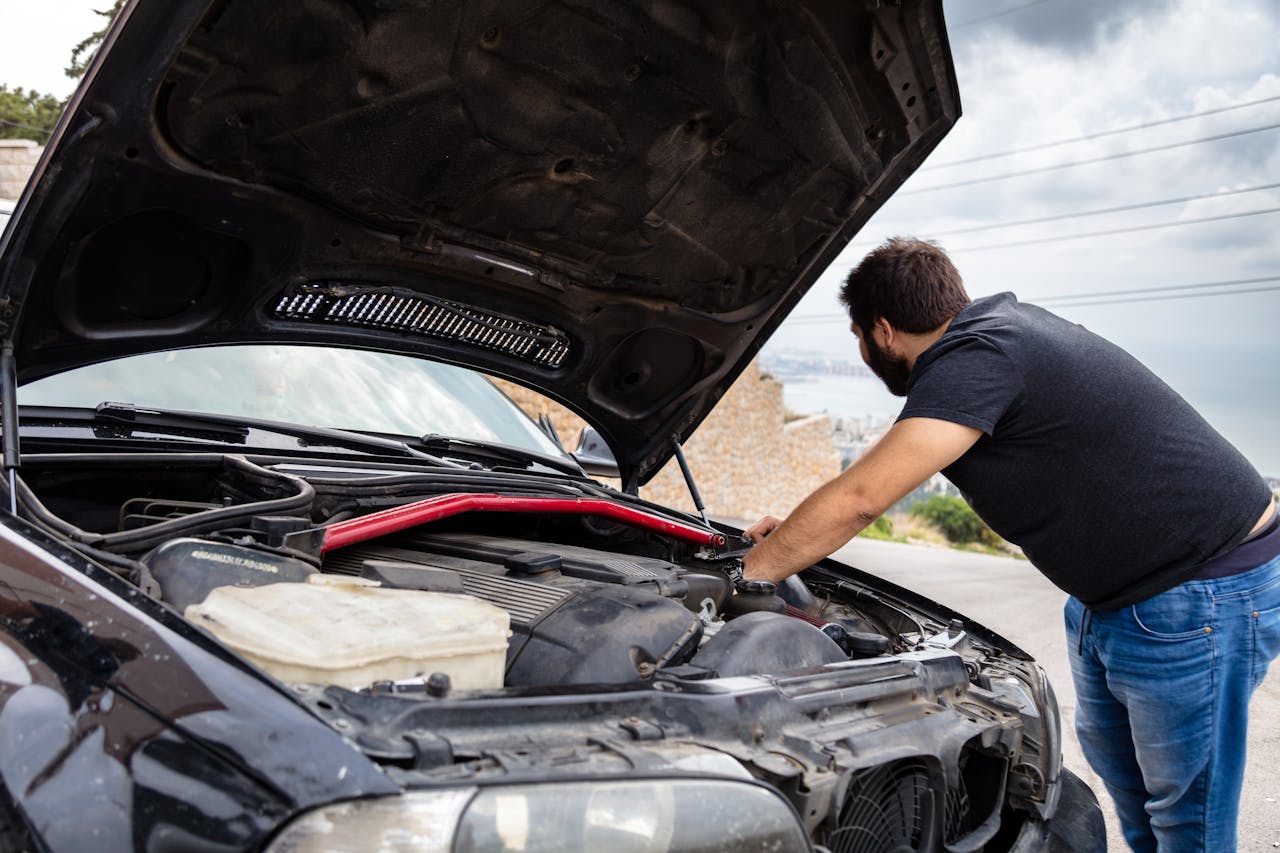
Car repairs can quickly add up, draining your wallet with labor and parts costs. However, many routine maintenance tasks and minor repairs can be handled right at home, often with basic tools and a little patience. Not only can doing your own car repairs save you significant money, but it also helps you understand your vehicle better, making it easier to maintain in the long run. In this article, we’ll dive into seven common car repairs that you can do at home to save money and avoid costly mechanic bills.
1. Changing the Oil
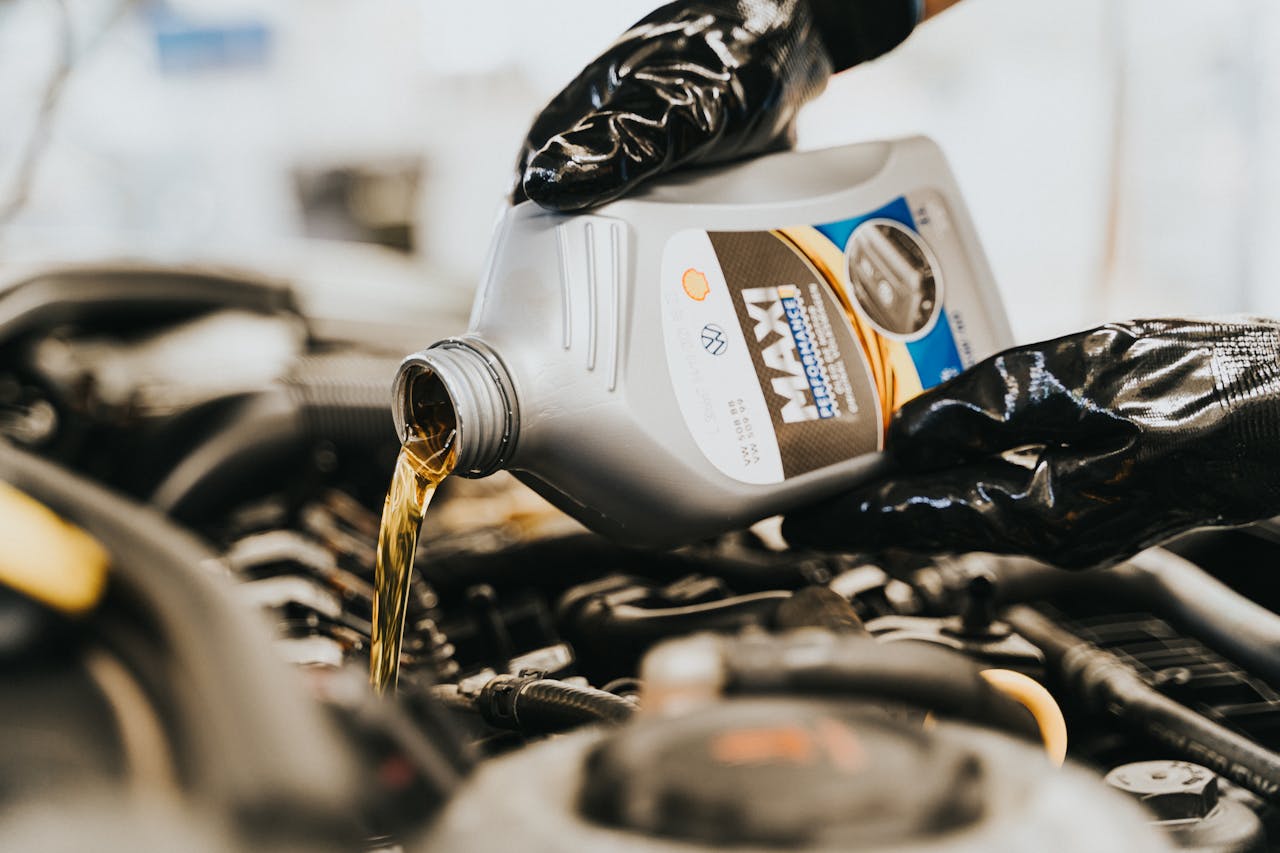
Changing your car’s oil is one of the most routine and essential maintenance tasks that can be done at home. Regular oil changes ensure that your engine runs smoothly, extends its life, and prevents expensive breakdowns. To do this yourself, you’ll need a few basic items: the correct type of oil, a new oil filter, a wrench, and a drain pan. Start by loosening the drain plug to empty the old oil, then replace the oil filter, and finish by refilling the engine with new oil. This task, which can be done in under an hour, will save you around $40 to $70 per oil change, depending on your car’s make and model. By doing this at home, you avoid labor charges and only pay for the oil and filter, making it a great way to keep maintenance costs down.
2. Replacing Brake Pads
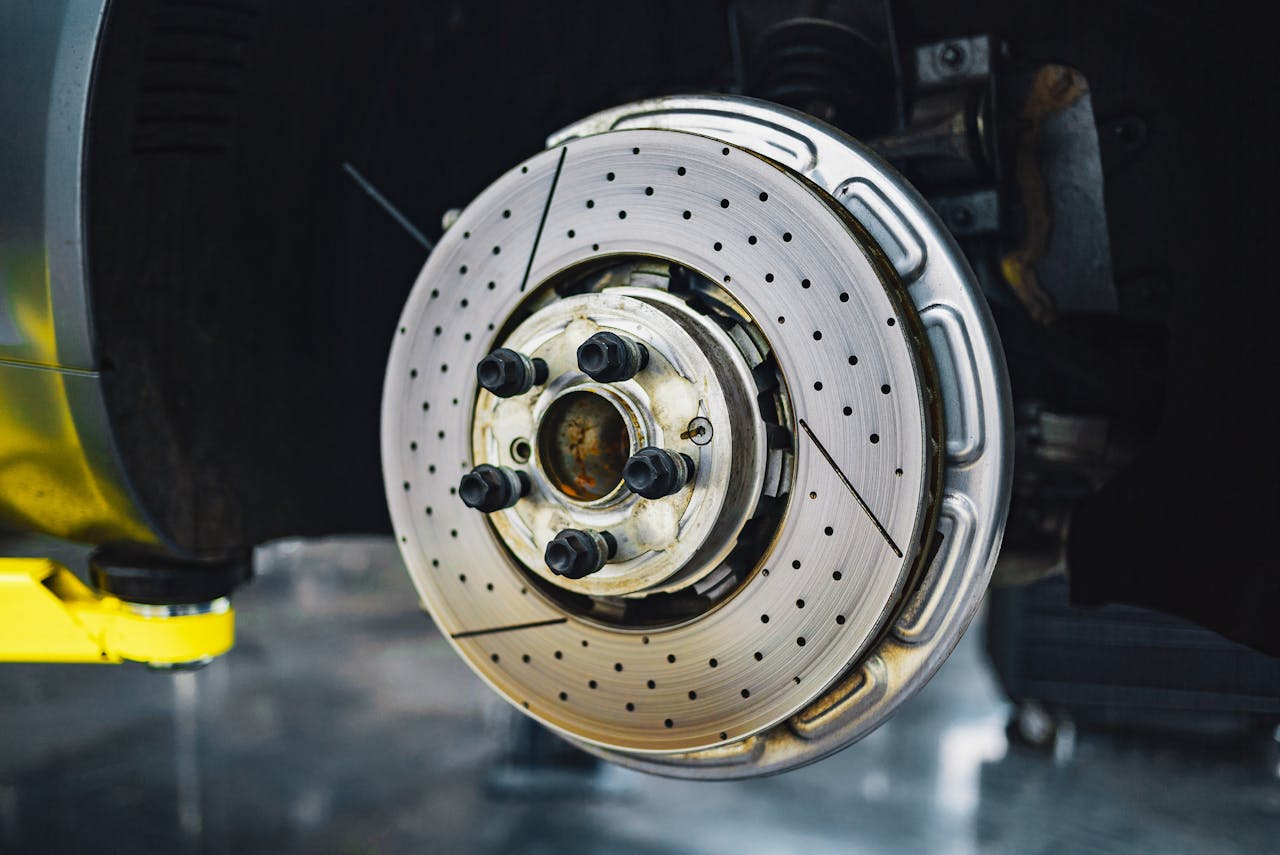
Replacing your car’s brake pads is another repair that can easily be done at home and will save you hundreds of dollars. Brake pads wear down over time and need to be replaced to maintain proper braking performance and avoid damage to the rotors. The tools you’ll need include a car jack, a lug wrench, and a socket set. Once you have the car jacked up and the wheel removed, the brake pads can be accessed and replaced. While it may sound complicated, the process is straightforward and can be done with minimal experience. This repair can save you $150 to $300 in labor costs, and once you get the hang of it, replacing brake pads can take less than an hour per wheel.
3. Replacing Air Filters
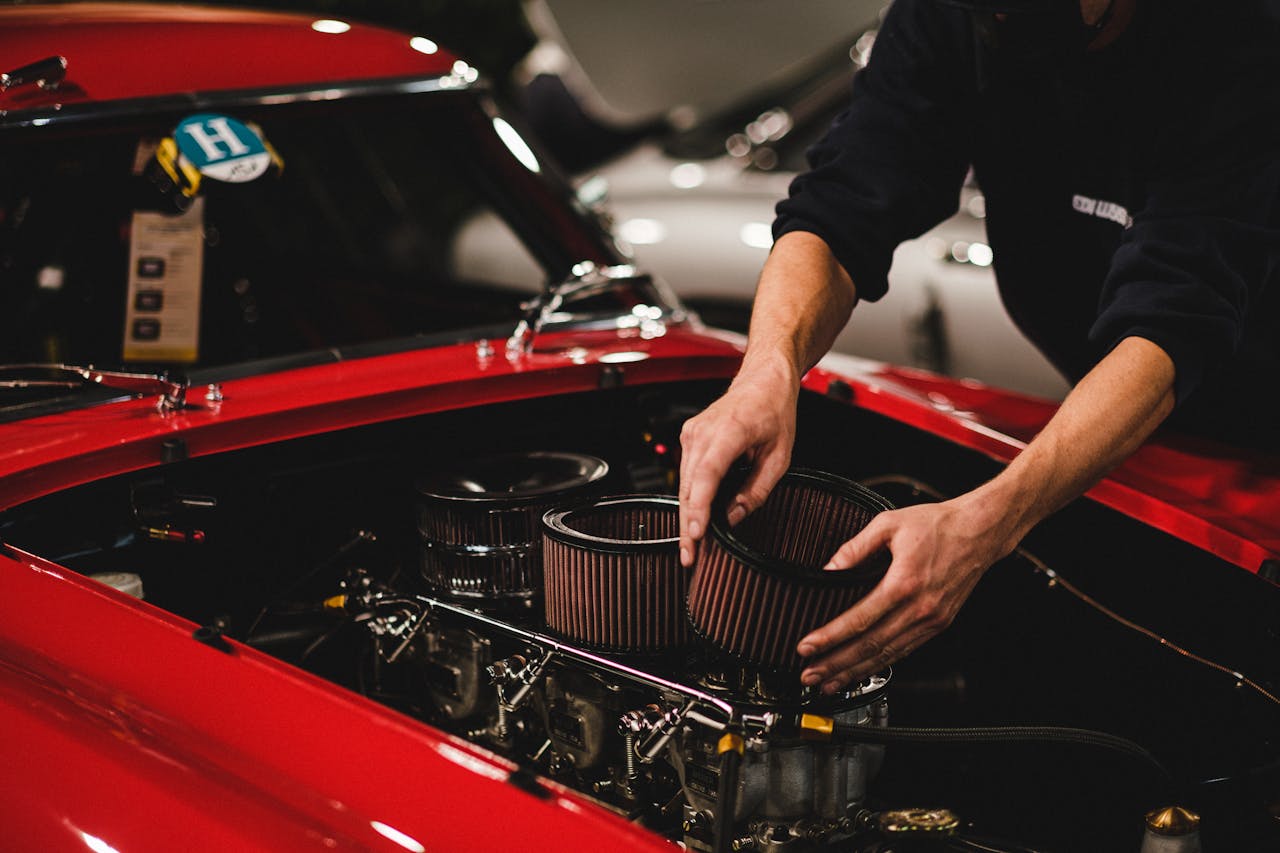
There are two air filters in your car that need regular attention: the engine air filter and the cabin air filter. Both can be replaced easily at home with no special tools required. The engine air filter keeps dirt and debris from entering the engine, while the cabin air filter ensures that the air you breathe inside the car is clean. For most cars, replacing the engine air filter involves opening the airbox, removing the old filter, and inserting a new one. The cabin air filter is often located behind the glove compartment and can be swapped out in a few minutes. This simple task can save you about $40 each time, compared to having it done at a shop, and keeps your car running efficiently.
4. Fixing Headlights and Taillights
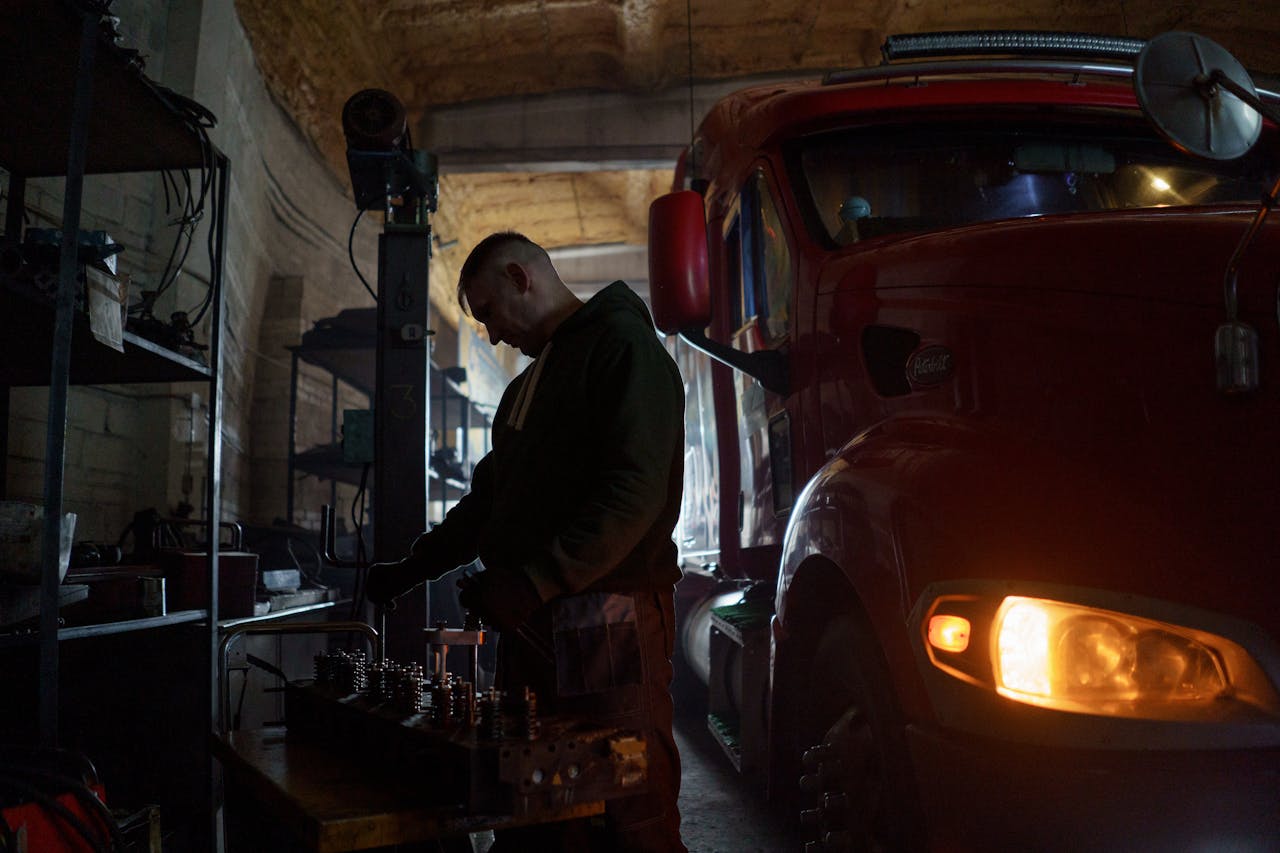
A burnt-out headlight or taillight is not only unsafe, but it can also lead to a ticket if not addressed. Fortunately, replacing a blown bulb is a simple and quick repair that you can handle at home. Start by consulting your vehicle’s manual to determine the correct type of bulb for your car. Then, access the light housing, which is usually secured with screws or clips, and swap out the old bulb for a new one. Most vehicles make this process simple with an easy twist-off mechanism for the bulb housing. Replacing a headlight or taillight at home saves you up to $50 per bulb, which includes both the cost of the part and labor fees. With a minimal investment of time, you can ensure your vehicle is safely visible on the road.
5. Replacing Spark Plugs
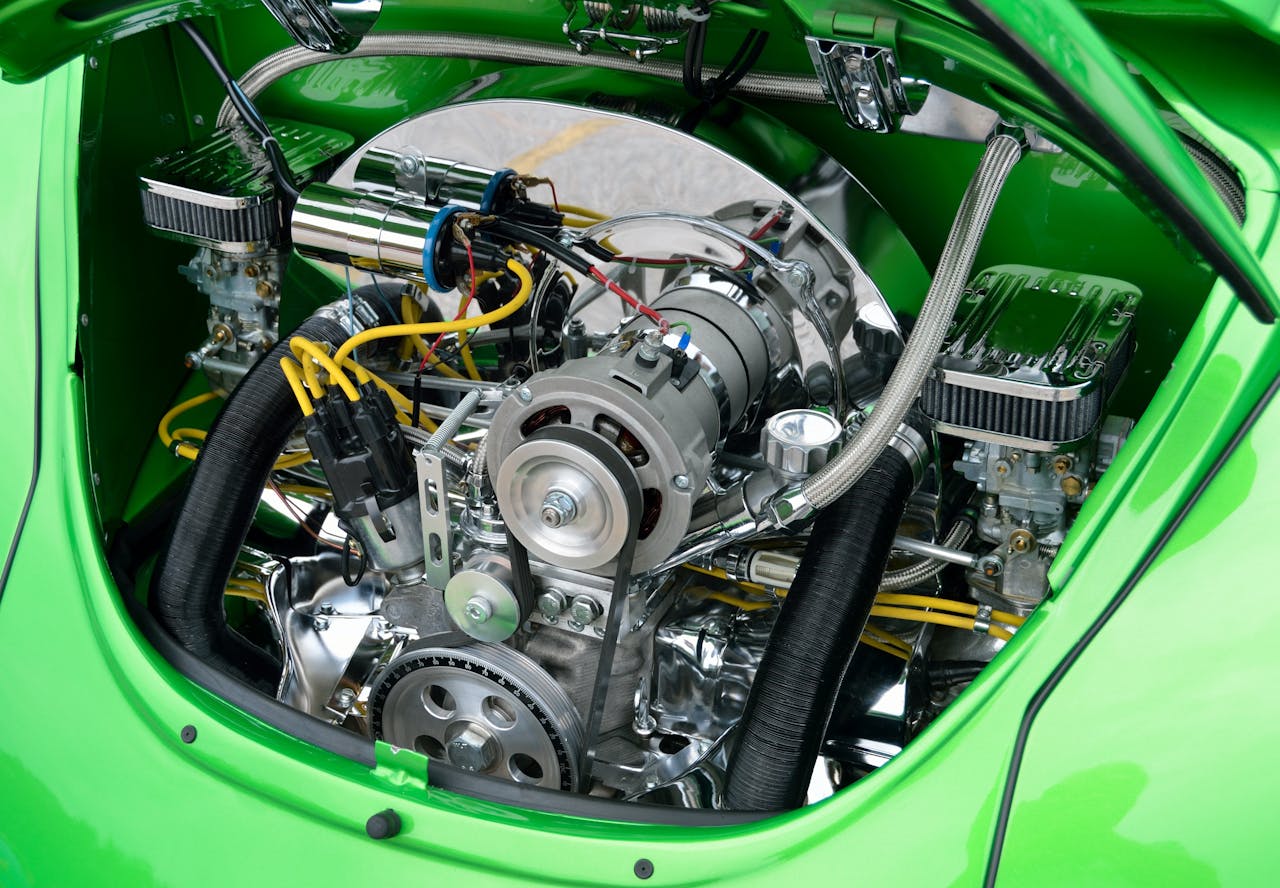
Spark plugs are vital to your car’s ignition system and need to be replaced periodically to keep your engine running efficiently. Worn-out spark plugs can cause misfires, reduce fuel efficiency, and lead to hard starts. Fortunately, replacing spark plugs is a relatively simple task that can be done at home with a spark plug socket and a ratchet. First, locate the spark plugs under your car’s hood, typically along the engine’s top. Then, remove the old spark plugs and carefully insert the new ones. Replacing your spark plugs can save you anywhere from $100 to $150 in labor costs, and it’s a repair you can complete in less than an hour. With proper care, this repair also helps your car run smoother and use fuel more efficiently.
6. Replacing Windshield Wipers

Windshield wipers are crucial for safe driving in rain or snow, and worn-out wipers can reduce visibility, making driving dangerous. Replacing your wiper blades is a task that requires no tools and can be done in just a few minutes. First, check your vehicle’s manual for the correct blade size, then remove the old wipers by pressing the release tab or removing a pin, depending on your car’s wiper design. Simply attach the new blades in their place, and you’re good to go. Doing this at home saves you $20 to $40, depending on what an auto shop would charge for parts and labor. This is one of the easiest ways to keep your car road-ready without breaking the bank.
7. Fixing Small Dents and Scratches

Minor dents and scratches on your car can be unsightly and reduce the overall value of your vehicle, but you don’t need to visit an expensive body shop for every little mark. For small dents, you can use a dent repair kit, which typically includes a suction tool that pops the dent back into place. These kits are affordable and easy to use, saving you hundreds in repair costs. For minor scratches, touch-up paint or a scratch repair kit can restore your car’s finish. While larger body damage requires professional attention, you can easily handle small cosmetic issues at home for a fraction of the cost. Taking care of these minor issues yourself can save you anywhere from $100 to $500, depending on the severity of the damage.
Final Thoughts
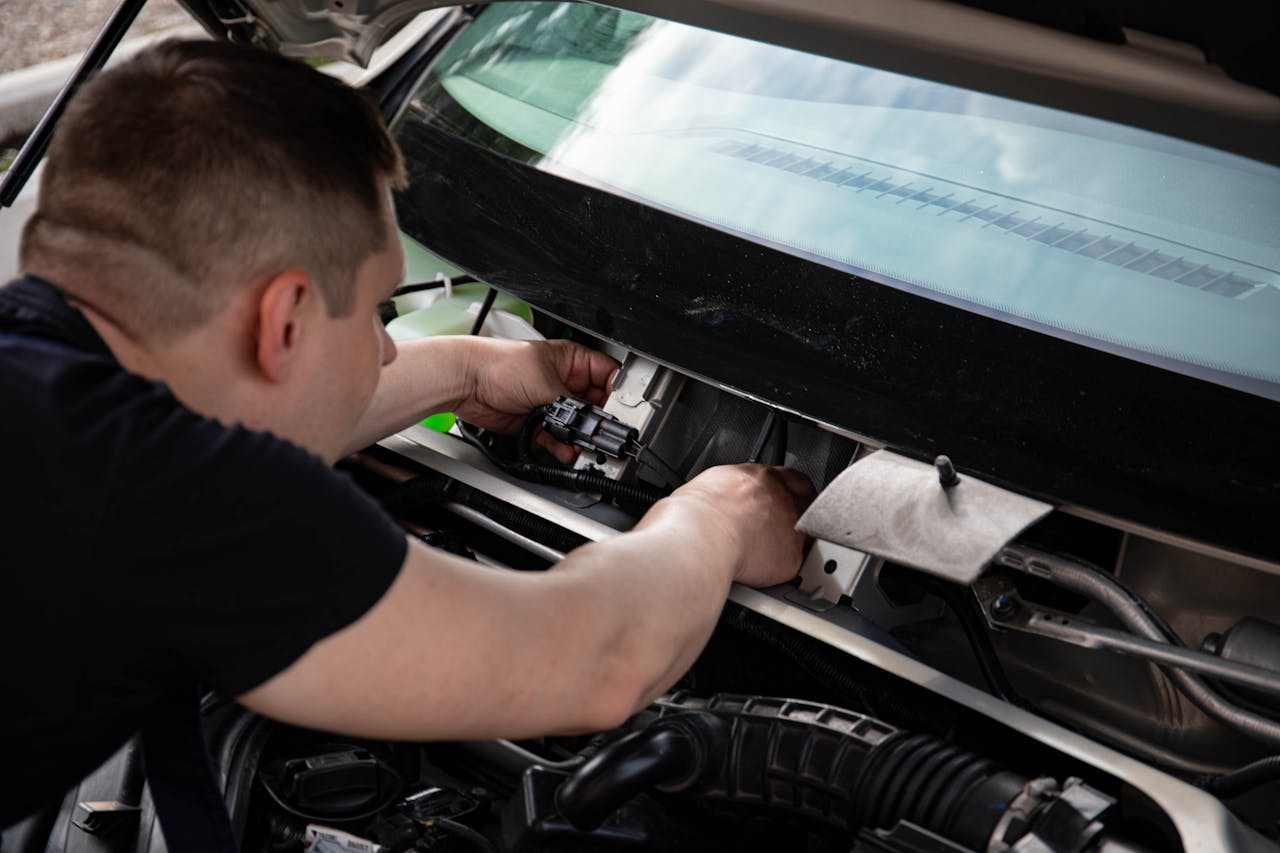
Taking on simple car repairs at home can save you hundreds, if not thousands, of dollars over time. The seven repairs listed above—changing oil, replacing brake pads, swapping air filters, fixing headlights and taillights, changing spark plugs, replacing windshield wipers, and repairing small dents and scratches—are all tasks that most car owners can handle with basic tools and a little know-how. Not only does this DIY approach help you save money, but it also gives you a greater understanding of your vehicle’s maintenance needs, helping you avoid costly repairs in the future. Before starting any repair, consult your vehicle’s manual and do a little research to ensure you’re doing the job correctly for your specific make and model. With a small investment of time and effort, you’ll be well on your way to keeping your car in great shape without breaking the bank!
Leave a Reply